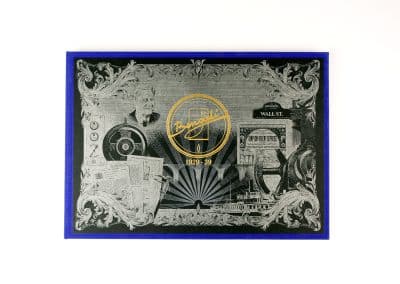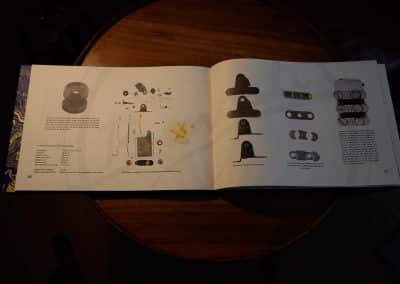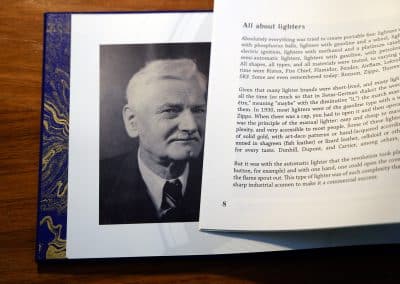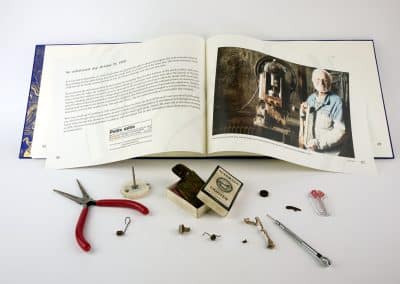The book
This richly documented and illustrated art book is a work in memory of an unknown swiss genius creator, Frank Gloor, his mechanical workshop – almost unchanged since 1929 – and the Bengali gas lighter. Manufactured during the chaotic years of the Great Depression, the Bengali has attained true iconic status by virtue of its rarity, purity, and craftsmanship. The 74-page volume takes the reader through a detailed portfolio of a timeless book, made entirely in Switzerland by exceptional craftsmen. Available in a limited and numbered edition of 200, it has been created as an ode to the senses of sight and touch. While the text sheds light on one of the most iconic lighter of the century and the biotope from which it emerged, the photographs bear witness to this cryptic lair, a place where time has held its breath, through the sensitive and passionate eye of the author.
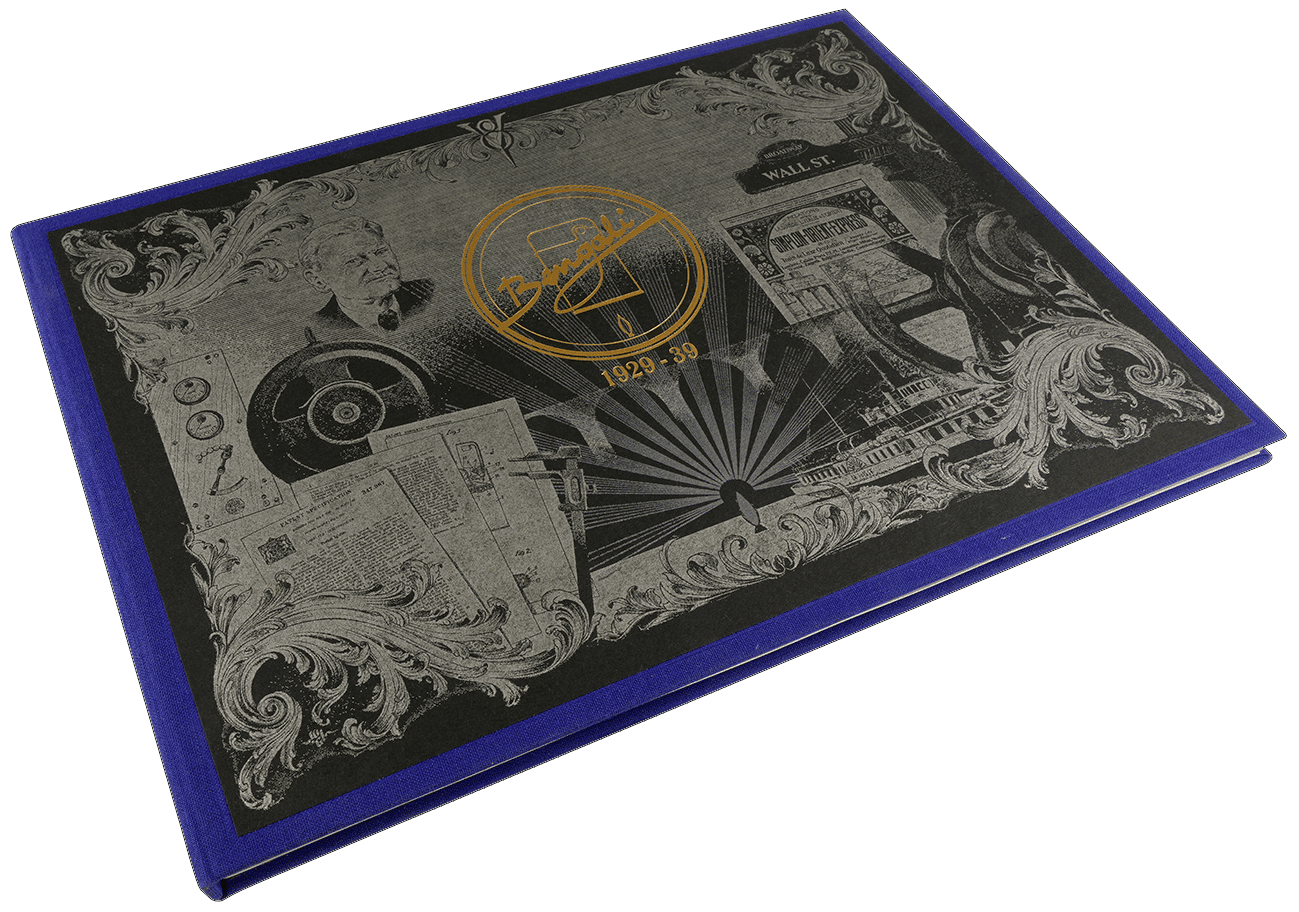
- Limited edition numbered from 1 to 200
- 74 pages, 103 photos and documents in black and white and in color
- “Old fashioned” offset printing
- Swiss binding, hand-made and sewn
- Hard covers with canvas and printed by typographic process with gold leaf stamp
- 24 full size portfolio pages
- For the 2nd cover, handmade cobalt and gold marbled paper
Buy the book
The Bengali lighter
The Bengali gas lighter was originally conceived in Sainte-Croix, high up in the Jura region of Vaud, Switzerland. But it was actually produced between 1929 and 1939 in the Frank Gloor & Fils workshop in Pully down by Lake Geneva. Frank Gloor’s ambition was to build the best lighter of its time, a concentrate of Swiss know-how, technology borrowed from the watchmaking world, and high-quality precision. The Bengali lighter, a rare object that has become a cult among collectors around the world, saw its production strangled by the Wall Street Crash and the outbreak of the Second World War. While its long-established competitors sold their lighters by the millions, fewer than 5,000 Bengalis were ever produced. Crafted from solid brass, nickel, and tempered steel, the wonderful Bengali lighter is definitely an exceptional object. One has now the opportunity to find out everything about it!

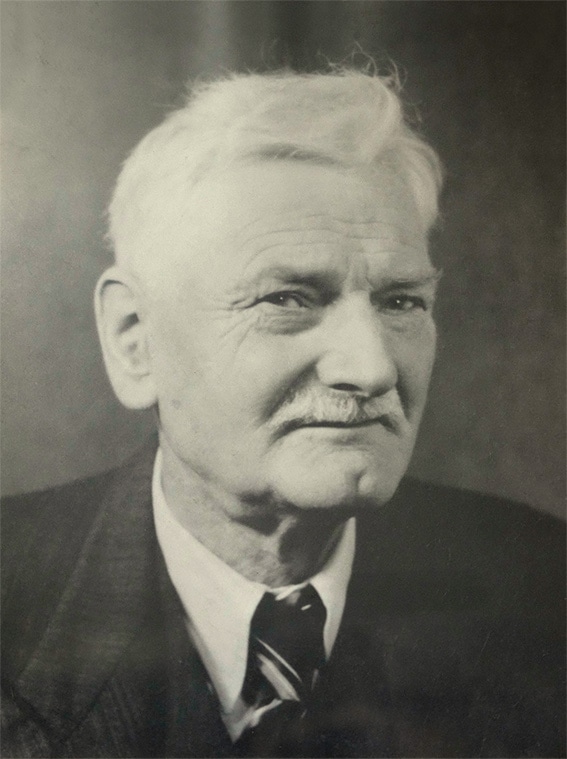
Photo framed and hung at the entrance of his workshop.
Frank Gloor, the inventor
Buy the book
About me
A connoisseur of ancient mechanics who’s acutely aware of the disappearance of many buildings marking the architectural and industrial fabric of our region, I set myself the challenge of creating a book in homage to a workshop that I have been frequenting for almost 30 years. In addition to the incredible saga of the Bengali lighter, the trail of breadcrumbs that I followed on my search, the workshop itself is a pure piece of history that, although modest, deserves these few lines to avoid oblivion. Finding my services as an entrepreneur and travel agent underutilized during the Covid pandemic, I took advantage of these two years to accelerate the completion of this project, which I had originally planned for my retirement. I’m glad I decided to do so. I hope the reader too.
C.E
